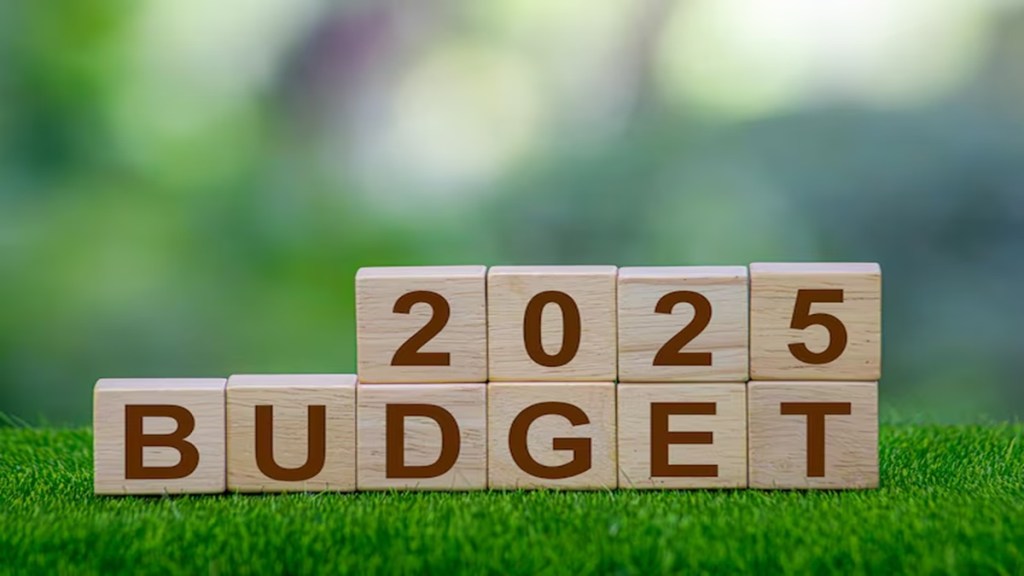Finance minister Nirmala Sitharaman’s Budget for 2025-26 has taken a fiscally prudent path, even though she has given the economy a big consumption boost while envisaging a decent capex outlay. The Rs 1 lakh crore tax giveaway through a revised personal income tax rate structure will give lower-income households a much-deserved break. Indeed, the relief is significant in that those earning up to Rs 12 lakh per annum will pay no income tax. With this, the new tax regime should attract many more taxpayers, as is the government’s objective.
The sharply lower fiscal deficit target of 4.4% of gross domestic product (GDP) in 2025-26 from 4.8% in the current fiscal — the absolute amount is flat at Rs 15.69 lakh crore — is likely to impart a negative fiscal impulse to the economy. However, it is easy to call for countercyclical approaches to revive growth but one cannot blame Sitharaman, because it is important in today’s difficult environment to keep India’s fiscal risk premia low. Since the FM intends to ensure that the Centre’s borrowings, as a share of the GDP, stay on a declining trend, injecting a fiscal impulse is difficult. The new target for central government debt is 50%+/-1% of GDP by FY31 from 57.1% in FY25. The central bank must support the government’s efforts and stimulate demand for credit from businesses and individuals, and encourage private sector investments.
The FM has done a fair bit of chopping and pruning to keep the expenditure reined in; the increase in FY26 is just 7.3%. The fertiliser subsidy bill, for instance, has been pruned to Rs 1.68 lakh crore from Rs 1.71 lakh crore in the current fiscal. This is just as well because the tax revenue assumptions, especially the rise in income tax collections of 14.3%, are somewhat optimistic given the expected growth in nominal GDP is 10.1%. The assumed gross tax buoyancy of 1.1 is not unduly optimistic but given how the growth momentum has slowed and Rs 1 lakh crore has been foregone, there could be a slight shortfall in tax revenues.
The increased consumer spending — in the wake of the tax breaks — could keep goods and services tax collections from slowing. The government is banking on a generous surplus transfer of about Rs 2.56 lakh crore from the Reserve Bank of India (RBI) and other financial institutions though the proceeds from divestment of stakes are expected to be modest. This is one area where the government has consistently missed its targets.
The good news is that the allocation for capex is up 10% at Rs 11.2 lakh crore, in line with the estimated GDP growth. The corporate sector may have wanted more but it is high time India Inc started committing capital to fresh capacities. It is unfair to expect the government to do the heavy-lifting forever. Indeed, despite a relative low rate of taxation of just 25% announced in 2019 (a rate that is lower than the personal tax rate for many individuals) and the strong cash flows that they have generated, India Inc’s investments in the past few years have been smaller than anticipated. The Rs 1.5 lakh crore of interest-free loans for the states for various projects should also boost capex. In fact, the government’s net market borrowings for 2025-26 of Rs 11.5 lakh crore are a shade smaller than the planned Rs 11.6 lakh crore in the current year. That will ensure the private sector is not crowded out of the bond market. Although the planned gross borrowings for 2025-26 are bigger, the increase is just 6%.
While big bang policy changes are missing in the Budget, the raft of measures to boost the start-up ecosystem, manufacturing, real estate, tourism, and the agriculture sectors should boost employment. The rationalisation of customs duties, for example, will make imports of several intermediate goods cheaper, encouraging capacity addition in domestic manufacturing. The higher limits for investment and turnover for micro, small, and medium enterprises will encourage small businessmen as they can get benefits for longer including under priority sector lending. Farmers with Kisan Credit Cards will now have access to more credit thanks to the increase in loan limit to Rs 5 lakh.
Employment opportunities should be created with the initiatives outlined for tourism, start-ups, and global capability centres in tier-II towns. For the economy to really come to life though, it should become easier to do business. One hopes the government is serious when it says it wants to make life easier for entrepreneurs because we have seen little sign of this so far. Committees may come up with good suggestions but bureaucrats have a way of killing them. The best gift that government can give industry is one that is not wrapped up in red tape.


